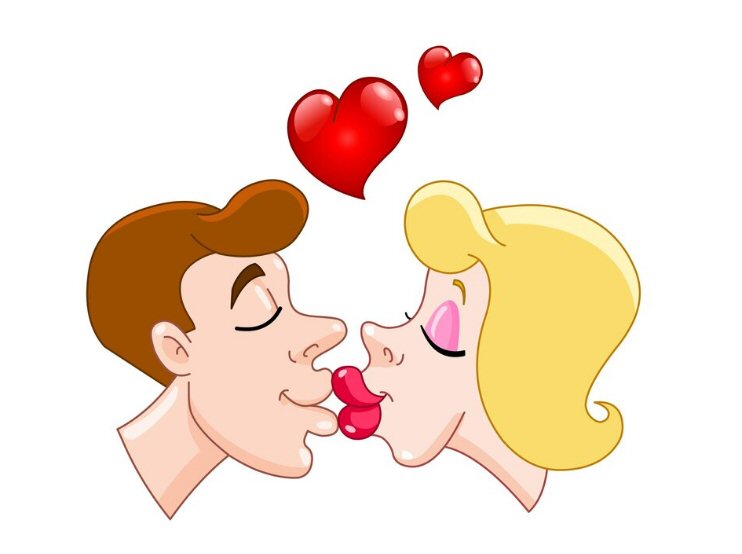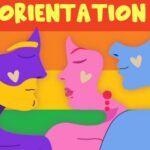Is kissing good for you
Is kissing good for you?

Is kissing good for you? Kissing isn’t just a way to show affection – it is actually good for you! Whether it’s a quick peck or a long, romantic smooch, kissing has some surprising health benefits that go beyond making your heart race.
For starters, it burns calories. Okay, it’s not exactly a workout, but a passionate kiss can burn anywhere from 2 to 6 calories per minute. So, while it won’t replace a trip to the gym, it’s a lot more fun than a treadmill!
It also boosts your immune system by swapping (harmless) bacteria, helping your body build resistance. Plus, it reduces stress by releasing feel-good chemicals like oxytocin and dopamine, which make you feel happier and more connected to your partner.
And let’s not forget oral health – kissing stimulates saliva production, which helps wash away bacteria and prevent cavities. Who knew romance could be so practical?
So, whether you’re stealing a smooch from your sweetheart or sharing a sweet kiss on the cheek with a loved one, enjoy it guilt-free. It’s good for your health, your mood, and your relationships. Pucker up – doctor’s orders!
Kissing, a gesture as old as humanity itself, holds a unique place in the vast landscape of human interactions. It transcends cultures, languages, and boundaries, serving as a universal expression of affection, love, and intimacy.
From stolen pecks to passionate tongue-embracing full on snogs, the act of kissing carries profound psychological, physiological, and even evolutionary significance.
Kissing is more than just the touching of lips; it’s a complex interplay of emotions, sensations, and social cues. Psychologically, it triggers a surge of neurochemicals such as dopamine, oxytocin, and serotonin. These chemicals are associated with pleasure, bonding, and a sense of well-being, which helps explain why kissing often accompanies romantic and intimate moments.
Beyond the chemical reactions, kissing also plays a pivotal role in communication. It provides subtle insights into a partner’s emotions and desires. Through the intensity, duration, and technique of a kiss, people convey their feelings, whether it’s a gentle peck expressing fondness or a deep, passionate kiss symbolising desire.
From a physiological standpoint, a kiss involves a complex coordination of the senses. When lips meet, an intricate network of nerve endings in the lips and tongue transmit signals to the brain, creating a rich sensory experience. The brain processes these signals, combining the tactile sensations with the taste and scent of the partner. This fusion of senses contributes to the overall pleasurable feeling of kissing.
Moreover, the act of a kiss engages various muscle groups, leading to both conscious and unconscious reactions. The heart rate increases, blood vessels dilate, and breathing becomes more rapid. This physiological response isn’t merely coincidental; it is intricately connected to the evolutionary significance of kissing.
While the exact origins of kissing remain a subject of debate, evolutionary biologists propose several theories. One theory suggests that it has roots in maternal feeding behaviors, where mothers would chew food and pass it on to their infants, a gesture that evolved into the mouth-to-mouth exchange we now know as kissing.
Another theory points to the role of a kiss in mate selection. The exchange of sensory information through a kiss might have allowed our ancestors to assess potential partners based on taste, smell, and compatibility of immune systems. This theory aligns with the idea that kissing could help in identifying biologically suitable mates, thereby increasing the chances of successful reproduction.
Kissing isn’t just a biological phenomenon; it’s deeply intertwined with culture and society. Different cultures have varying attitudes towards kissing, often influenced by historical, religious, and social norms. In some cultures, a kiss on the cheek or forehead is a customary greeting, while in others, public displays of affection through a kiss are discouraged.
Throughout history, kissing has also played a pivotal role in literature, art, and popular culture. It’s a symbol of passion in romance novels, a central theme in love songs, and a recurring motif in cinema. The enduring fascination with kissing highlights its timeless appeal as a representation of human connection and intimacy.
Kissing, with its intricate blend of psychology, physiology, and culture, remains an enigmatic yet deeply ingrained aspect of human interaction. It transcends time and place, carrying with it the weight of evolution, emotion, and societal norms. From the gentlest of pecks to the most passionate of embraces, kissing serves as a powerful reminder of our shared humanity, an expression of love that bridges gaps and brings us closer together.

























